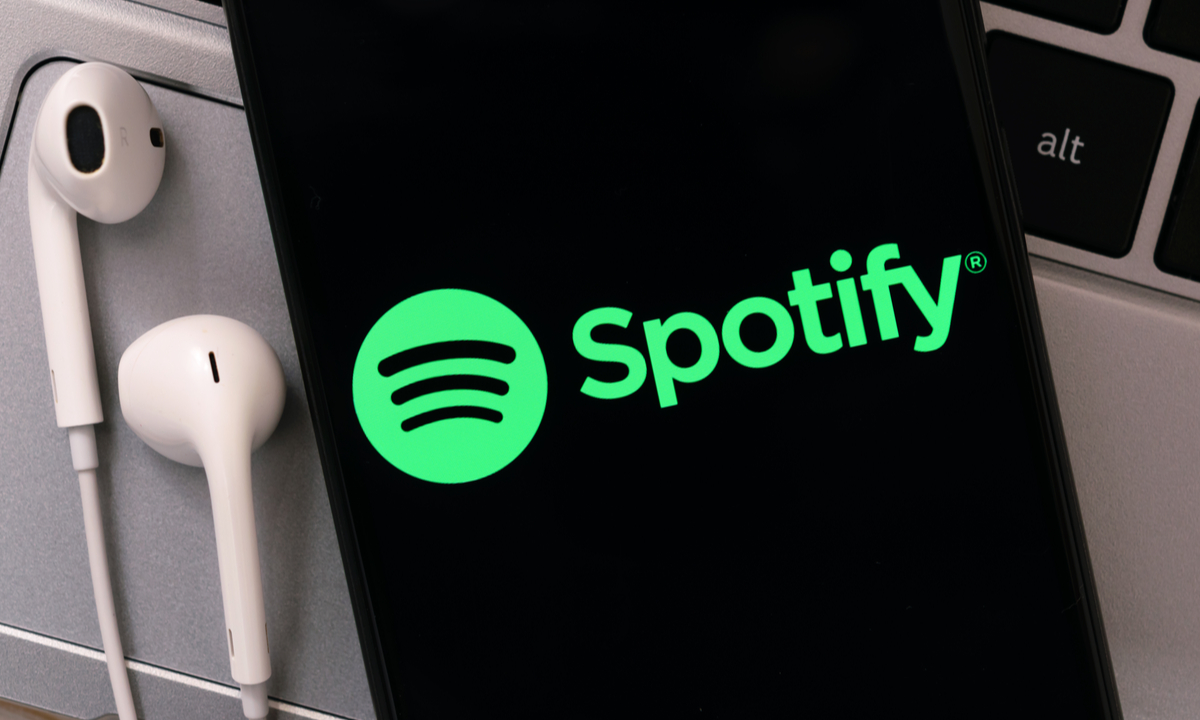Spotify founder and CEO Daniel Eck believes the company’s approach to flexibility for its customers is a key success factor.
Second-quarter earnings reported on Tuesday (July 23) highlighted Spotify’s accelerated revenue growth, hitting record highs for both gross margin and operating income. Innovations like the daily playlist and AI DJ, along with video podcasts and audiobooks, have deepened user engagement with Spotify.Top of Form
“We have 246 million paid subscribers, so we’re one of the largest subscription services on the planet,” Eck said on the earnings call. “The interesting thing is that a huge part of that success was really due to a very simple proposition, one proposition for everyone. But part of the reason I believe the subscription business has been doing better in the last year or two is that we’ve moved from that one-size-fits-all to a much more specialized offering where consumers now have everything from the basic tiers to the duo of family plans to student plans.”
Given the different subscriber options, Eck noted, “what we’re seeing is that there’s a good subset of that group now of 246 million subscribers who want a much better version of Spotify, and those are huge music lovers, who are basically looking for even more flexibility in how they use Spotify and the music options that exist on Spotify.”
The specialized approach
What will greater flexibility look like?
“I think we can create a win-win, both for the creative ecosystem, but also for consumers,” Eck said.
“The plan here is to offer a much better version of Spotify, so think about something that could be something like $5 above the current premium level, so it’s probably around a $17 or $18 price point, but kind of a deluxe version of Spotify, which has all the benefits that the normal version of Spotify has, but a lot more control, a lot higher quality all around and some other things I’m not ready to talk about yet,” he added.
Eck said Spotify’s subscription business is “probably doing a little bit better than we expected, and as a bottom line, one of the things that’s happening is we’re taking some of our best customers, the best of engaged users and we turn them into paid subscribers, which of course reduces some of that potential that we also have on the advertising side.
“It’s not something we’re still doing to the extent we’d like, so you should definitely expect us to continue to invest in that and bring more and more programmatic and automated buying into the platform,” he said.
PYMNTS Intelligence’s study, “The Replenish Economy: A Household Supply Deep Dive,” created in collaboration with sticky.io, surveyed more than 2,000 US consumers and more than 180 subscription merchants. The findings reveal that flexible subscription plans are now standard practice, with three-quarters of subscription retailers allowing existing subscribers to adjust their plans at any time.
Spotify added seven million net subscribers in the second quarter, with profit climbing 45% year-on-year to 1.11 billion euros ($1.21 billion). Premium revenue rose 21% year-on-year to 3.35 billion euros ($3.63 billion), driven by both subscriber increases and higher average revenue per user. Ad-supported revenue also saw a 13% increase to 456 million euros ($495 million).
Going forward, Spotify plans to expand its user base through strategic investments in podcasts and promotional campaigns. Despite fluctuations in monthly active users, the company demonstrated strong subscriber growth and improved monetization in established markets, demonstrating its resilience and growth trajectory.



